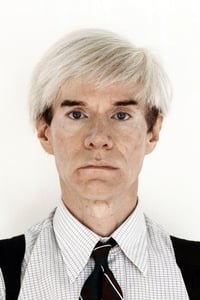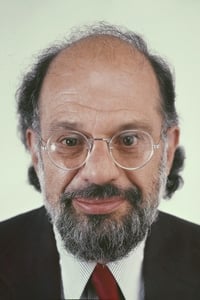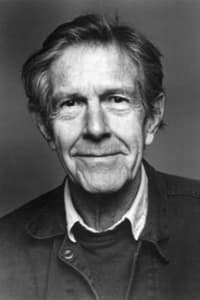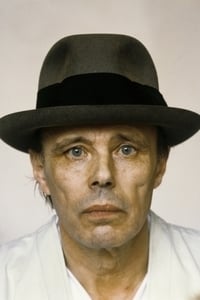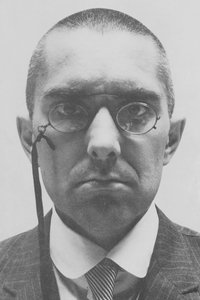Nam June Paik: Moon Is the Oldest TV
Genres
Documentary
OverView
The quixotic journey of Nam June Paik, one of the most famous Asian artists of the 20th century, who revolutionized the use of technology as an artistic canvas and prophesied both the fascist tendencies and intercultural understanding that would arise from the interconnected metaverse of today's world.
Others
Budget
$--
Revenue
$54093
Status
Released
Original Language
English
Runtime
110 mins
Rating
6.9/10
Release Date
24 March 2023
Country
South Korea






